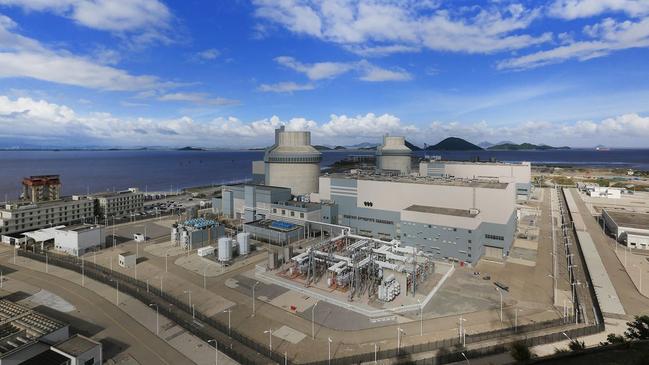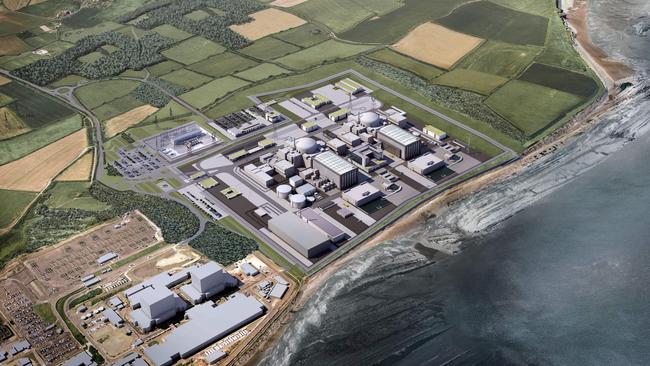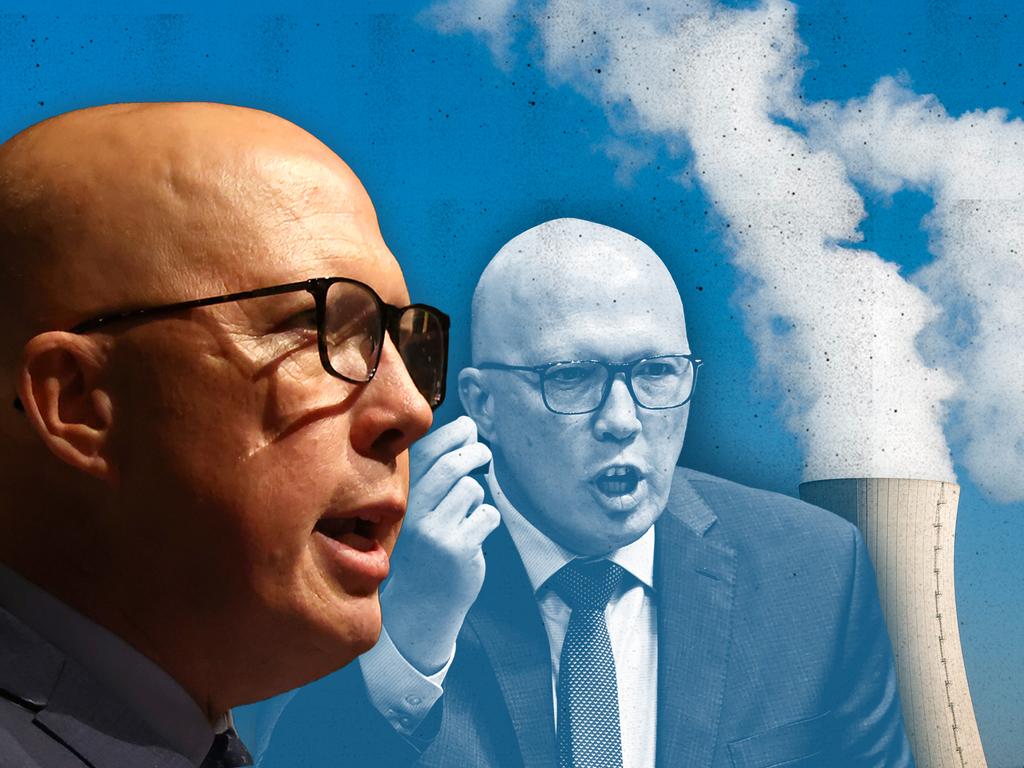Modern nuclear reactors: greener, safer and prohibitively expensive
Next-generation, large-scale reactors have this in common: they’re safer, more efficient, all faced major delays in construction and were prohibitively expensive to build.

Next-generation, large-scale nuclear reactors are safer and more efficient than the old technology but those built in the West have been plagued by delays and cost blowouts.
The most recent cutting-edge nuclear reactors to be built around the world, known as Generation III+ reactors, have all run between seven and 15 years behind schedule and cost between two and four times the original budget.
The Coalition is pushing for Australia to join 31 countries producing nuclear power by lifting the ban on the uranium-based power generation technology and building a leading-edge nuclear generator as a zero-emissions power source. But experts are divided on the significant costs outlay of building a large-scale reactor, which typically generate between 1000 and 2000 megawatts a day, whether they are financially viable and if they result in cheaper prices for consumers.
Modern nuclear reactors have similar-sized footprints but different designs to the plants rolled out in the 20th century, which often included cooling towers and imposing control buildings.
The latest generation has been set apart by enhanced safety features and a protective dome over the reactor’s core to prevent any risk of an explosion from inside the reactor being released.

Ai Group director, climate change and energy, Tennant Reed said modern reactors had “passive safety” features, meaning that unlike earlier models the nuclear reaction can be stopped even if there was a power failure, preventing possible meltdown.
Mr Reed said nuclear power was relatively affordable to generate once the plant was established, but building a new reactor would not necessarily reduce energy costs for consumers.
“I don’t think anybody believes that a nuclear power plant could make money in the marketplace in Australia,” he said. “Full stop, they just would not make money. They would not be able to recover their costs, because the cost of generation, including the cost of building, would put them somewhere in a range of $150 to $250 per megawatt hour.”

But Australian National University nuclear energy expert Tony Irwin said nuclear generation would make energy cheaper for consumers and would be more affordable to build once the existing infrastructure was factored in.
“In Australia, particularly, if you use it to replace current coal-fired power stations, which are retiring, you’ve got all the infrastructure and transmission already there,” he said.
He said many countries had struggled to complete nuclear projects on time and under budget due to the many decades that had elapsed since they last built a generator, with many shelving projects after the Fukushima nuclear accident in 2011.
By comparison, China had made remarkable progress, building four Westinghouse AP1000 reactors, which are world-leading Generation III+ reactors, with four more under development.
Small-scale nuclear reactors are also in development around the world, but have only been successfully built in China, Russia and India.
Grattan Institute energy expert Tony Wood said small-scale reactors would generate less than 1000MW and be cheaper to produce. “There’s not many of them, they’re probably highly subsidised, no one really knows how much they’re going to cost, no one really knows how safe they’re going to be,” he said. He said it was worth while having a conversation about nuclear but cost would always pose a major hurdle.








To join the conversation, please log in. Don't have an account? Register
Join the conversation, you are commenting as Logout